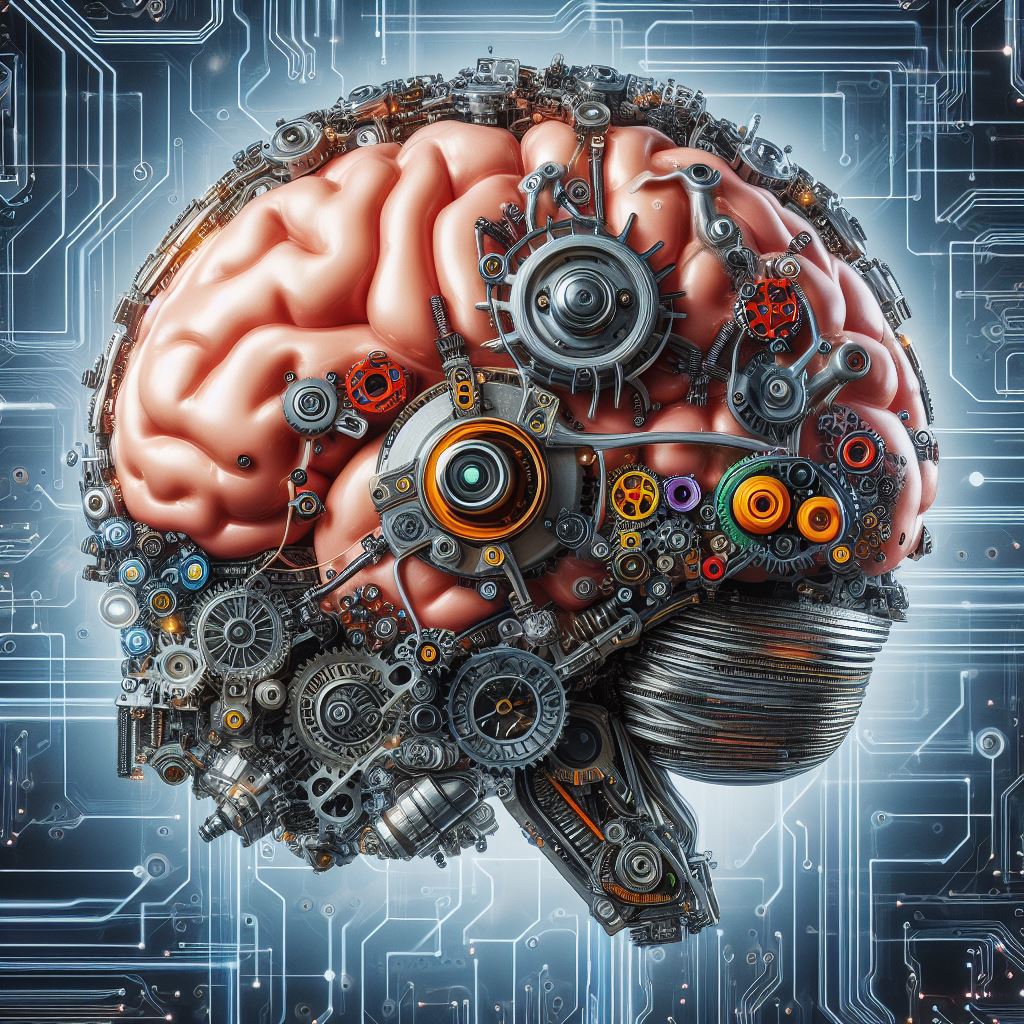Welcome

Figure 1: Generated by DALL-E 3


Contact me at: dilan.moralescaro@jjay.cuny.edu for feedback or questions about this website.
The rapid advancement of Artificial Intelligence (AI) presents both challenges and opportunities for ed- ucators and students alike. Professors are confronted with the daunting task of addressing the emerging issue of academic dishonesty fueled by AI technology. With tools that can generate essays, solve problems, and even mimic human responses, detecting plagiarism and ensuring the authenticity of students’ work becomes increasingly complex. This challenge compels educators to adapt their teaching methodologies, implement innovative assessment techniques, and employ AI-powered plagiarism detection tools to maintain academic integrity and uphold the value of education
Overview
1 Introduction to Artificial Intelligence (AI)
- Brief history and evolution of AI
- Types of AI: Narrow AI vs. General AI
- AI applications in various industries
2 Understanding Large Language Models
- What are large language models?
- How do they work? (Transformer architecture)
- GPT (Generative Pre-trained Transformer) models overview
3 Exploring ChatGPT
- Introduction to ChatGPT and its capabilities - Use cases of ChatGPT in real-world scenarios
4 Exploring to LLaMA-v2
- Introduction to LLaMA-v2 and its capabilities - Use cases of LLaMA-v2 in real-world scenarios
5 Exploring to Bard
- Introduction to Bard and its capabilities - Use cases of Bard in real-world scenarios
6 Applications with Large Language Models
- Natural language understanding and generation - Sentiment analysis and opinion mining
- Text summarization and content generation
- Image generation
7 Ethics and Challenges
- Bias in AI and language models
- Mitigating bias and ensuring fairness
- Ethical considerations in deploying AI models
8 Showcase Activity: Using Chatgpt, Bard, and other LLM
- Participants will work in groups to create a simple AI-powered chatbot using ChatGPT or similar technology
- They will design conversation flows, train the model, and integrate it into a user interface
- Each group will present their chatbots to the rest of the participants